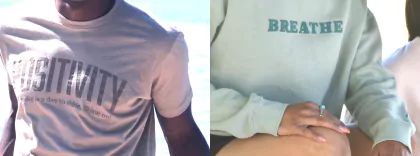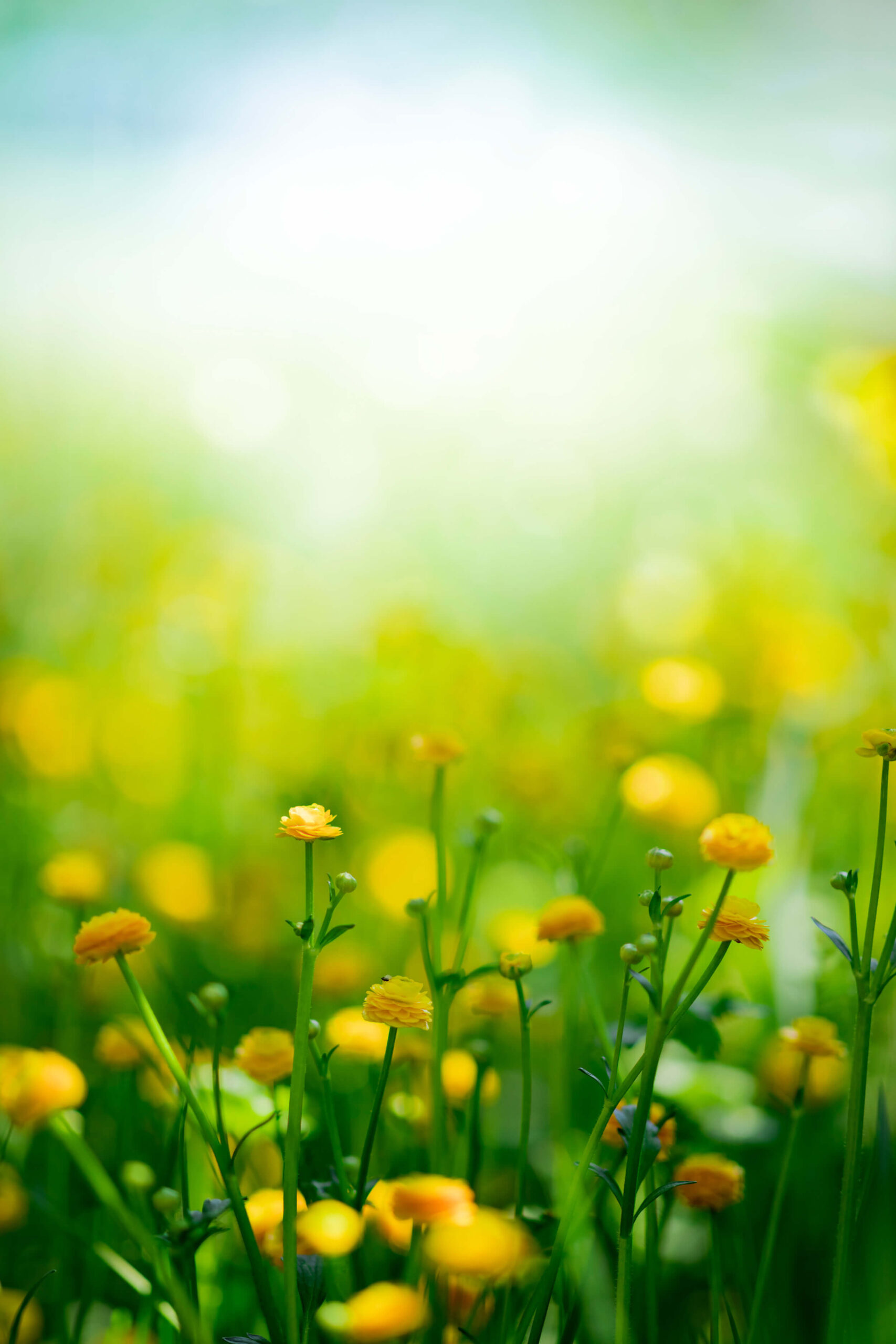Cooking a meal, scrubbing a counter, or even noticing sunlight move across the floor may feel like small daily habits, but each one carries its own piece of science. These ordinary moments often hold more than meets the eye, offering quiet lessons that connect to how the world works.
Think about the way bread rises in the oven or how soap cuts through grease on a dirty plate. Without stepping into a lab or using any special tools, these little acts point to principles that shape the way things move, change, and grow. Science isn’t just in textbooks—it’s right in front of us if we pay attention.
What makes it even more exciting is how these science secrets hidden in daily life can also be reminders for how we live. Small changes, natural patterns, and simple reactions can teach us not just about nature, but about patience, balance, and growth.
The Art of Paying Attention
Noticing small details often makes the biggest difference in both science and everyday life. A glass of iced water on a hot day shows more than refreshment—tiny drops form on the outside because water vapor in the air changes into liquid. That’s condensation, one of those science secrets hidden in plain sight.
Little questions also lead to big answers. Children ask “why” endlessly: Why is the sky blue? Why do leaves fall? This habit mirrors the way scientists work. Breakthroughs don’t always start in a lab—they often begin with someone refusing to stop asking.
Simple habits that spark discovery:
- Watch how steam rises when boiling pasta.
- Notice shadows growing longer as the day ends.
- Pay attention to how metals feel colder than wood, even in the same room.
Each moment adds to a growing awareness of how the world runs, proving that careful attention is the first step toward understanding life’s science secrets hidden in ordinary places.
Cooking as a Chemistry Lab
Kitchens turn into classrooms every day without us noticing. When onions brown in a pan or bread forms a crust, it isn’t just cooking—it’s the Maillard reaction. Heat changes sugars and proteins, creating new flavors and smells. These science secrets hidden in meals show how heat transforms ingredients into something completely new.
Baking is another lesson in chemistry. Mix baking soda with something acidic, like lemon juice or vinegar, and it fizzes. In a cake or muffin, that fizzing releases carbon dioxide bubbles, making the batter rise. That’s why every slice is soft and fluffy.
Everyday cooking lessons worth noticing:
- Toasting bread darkens it because of chemical reactions, not just heat.
- Whisking eggs adds air, which changes texture when cooked.
- Boiling pasta softens it by breaking down starches.
Meals don’t just feed us—they teach us. Cooking reminds us that change can be both visible and tasty, and that everyday routines can uncover more science secrets hidden than we realize.
Hidden Lessons in Cleaning
Cleaning chores may feel dull, but they hide smart lessons. Drop a little soap in greasy water, and the grease pulls apart. That happens because soap lowers surface tension and breaks down oil. A shiny dish is proof of how this simple reaction works.
Another favorite example is the mix of vinegar and baking soda. Together they fizz, foam, and even clean drains. What’s happening is neutralization—an acid meeting a base. This balance is one of those everyday science secrets hidden in the sink.
Cleaning habits that reveal science:
- Soap molecules grab onto both water and grease.
- Baking soda neutralizes strong smells as well as acids.
- Vinegar breaks down mineral buildup on kettles and faucets.
What feels like routine scrubbing is actually chemistry in action. By understanding these small reactions, we see how ordinary cleaning connects to larger truths about how substances interact.
Plants: Silent Teachers of Biology
Windowsills often double as classrooms when plants are placed there. A plant bending toward sunlight is showing phototropism—the way it adapts to reach what it needs most. This quiet behavior explains how living things adjust to survive, a beautiful science secrets hidden in greenery.
Capillary action is another lesson plants teach. Drop celery into colored water and watch the dye travel up the stalk. Water moves through tiny tubes, carrying nutrients upward. This simple test gives a clear picture of how plants live and grow.
What plants show us daily:
- Leaning toward light demonstrates adaptation.
- Colored water in stems proves water movement.
- Growth patterns shift depending on space and care.
Even without words, plants remind us that growth comes from reaching, stretching, and adapting—just as people do.
Sound and Vibration in Daily Objects
Glasses, bottles, and cans can all make music if tapped or blown across. Fill them with different amounts of liquid, and the pitch changes. More liquid slows the vibration, making a deeper sound. Less liquid creates faster vibrations and higher tones. This is sound science hidden in everyday play.
Empty rooms teach a similar lesson. Clap your hands in a bare hallway, and the echo comes back quickly. That happens because sound waves bounce off hard, empty surfaces. Add furniture or curtains, and the echo softens because the waves get absorbed.
Ways sound shows up around us:
- Bottles and jars can act like instruments.
- Vibrations decide whether sound is high or low.
- Echoes change depending on the space.
Each example shows how vibrations shape what we hear, proving that even sound carries its own science secrets hidden around us.
Colors and Light All Around Us
Sprinklers on a sunny day often surprise us with small rainbows. The water droplets bend light, splitting it into different colors. This bending, called refraction, is one of those simple science secrets hidden in backyards and gardens.
Sunrises and sunsets hold another lesson. The sky turns red, pink, and orange because sunlight travels through more air in the evening and morning. Blue light scatters away, leaving warmer shades for us to enjoy.
Daily color lessons:
- Water droplets act like prisms.
- Sunlight at different times creates unique shades.
- Shadows shift in size and darkness as the day passes.
Light changes what we see every day, and when we stop to notice, those colors remind us that nature always paints with science.
Crystals and Hidden Patterns
Salt or sugar dissolves in hot water until the liquid can’t hold more. As the water slowly evaporates, crystals begin to appear. This isn’t just pretty—it’s science. Molecules lock into repeating shapes, building patterns piece by piece.
A simple kitchen experiment of growing sugar crystals on a string teaches patience. The process can take days, showing how change often happens slowly. These repeating shapes are part of the many science secrets hidden inside natural growth.
What crystals remind us:
- Dissolving and evaporation change matter.
- Patterns form through tiny, repeated steps.
- Patience creates visible results.
Crystals are proof that transformation is often gradual but always meaningful.
Everyday Physics in Motion
Balancing a broom upright on your palm shows the power of center of gravity. The weight of the broom evens out, allowing it to stand tall. This same principle explains how people balance when walking or carrying heavy bags.
Friction is another lesson we feel daily. Push a heavy chair across the floor, and it resists. Put it on wheels, and it glides easily. That resistance is friction—the force that slows sliding but makes walking possible.
Physics lessons we live with:
- Balance depends on where the center of mass sits.
- Friction makes movement possible and safe.
- Wheels reduce friction, saving effort.
Motion always brings science with it, showing yet again how life is full of science secrets hidden in plain sight.
Science as a Life Metaphor
Mixing, adapting, balancing, and changing aren’t just scientific ideas—they’re part of living well. Cooking shows how combining the right parts creates something better. Plants remind us that growth means reaching toward what we need. Friction teaches us that resistance, while tough, can also steady us.
Life reminders from science:
- Curiosity keeps progress alive.
- Balance helps stability.
- Patience allows transformation.
When we notice these lessons, it’s easier to see how science and life overlap. Small truths become guides, and the science secrets hidden in daily habits also become tools for personal growth.
Conclusion: Keep Wonder Alive
Science doesn’t only belong in classrooms or heavy books—it’s right here in everyday moments. Cooking, cleaning, listening to sounds, or even watching how plants grow are all small windows into how the world works. Each of these daily habits carries lessons that go beyond the surface.
Curiosity is the key. By noticing, asking questions, and paying attention, we turn ordinary routines into opportunities to learn. That habit not only deepens our understanding of science but also brings more meaning to daily life.
When we spot science in the ordinary, the familiar feels extraordinary—and every small moment becomes worth noticing.















